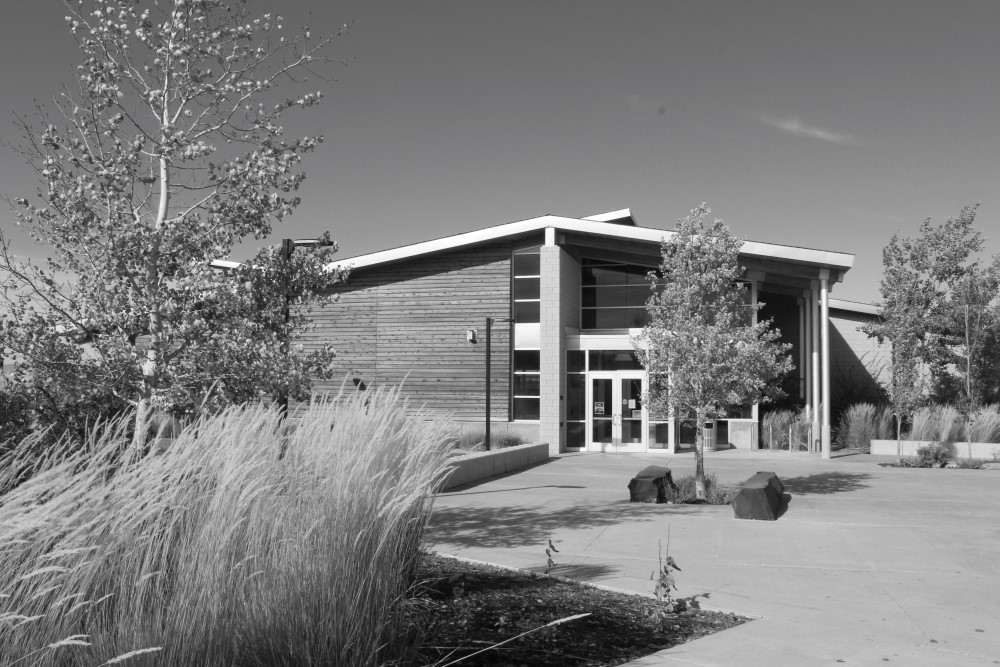061825 Looking Back
Published 9:53 am Tuesday, June 17, 2025
100 YEARS AGO
June 18, 1925
Last Tuesday morning the north end of Main Street was treated to a copious sprinkling when the city marshall, Thad Dizney, took the occasion to flush the hydrants and try out the city fire hose.
A new shipment of about 350 feet of fire hose has been received which makes about 750 feet in all now, and the city dads have had a fine new rack built for the purpose of drying out the hose after it has been used.
Both sides of the city reservoir are filled with water and all leakage has been stopped, which makes the water situation in Madras the best it has been in years.
The water supply for the city of Madras has been one of the big problems that the people have had to solve.
When the present system was installed, about 14 years ago, wooden pipes were used, which it was found necessary to replace about three years later. These old pipes were replaced by cement pipes in the principal main leading from the wells to the reservoir, but this pipe proved unsatisfactory and last summer the entire system was taken out and replaced by iron pipe, which did away with considerable leakage and consequent loss of water.
All three wells are now running full capacity, and such a thing as water shortage in Madras has not been experienced for several months.
50 YEARS AGO
June 19, 1975
It is a newspaper’s duty to report events of a particularly odd, foolhardy, fantastic or senile nature so we bring you the following item, in the line of duty, and you may supply the category in which it belongs.
Ten guys in the area, not far beyond Mickey Mouse Club eligibility, are ensconced in sedentary jobs in the community that leave them little to do in a physical manner, except, perhaps, to walk to work when the wife has the car and the motorbike needs a spark plug.
These ten have formed what they call the Sagebrush Doubles Tennis league. Perhaps it would be better described as a “My turn to hit the ball and you walk after it” league.
As of last week, one match had been held in which Bob DeWolf and Jim Lassley, county juvenile department officers, defeated Dave Glenn and George Neilson, junior barristers on 5th St. Nielsen. Who likes to be known as “Masher” Nielsen, as he seeks glory on the courts, said he and Glenn are in the middle of their second match. “You get tired,” he moaned, looking for sympathy and ignoring the question of when the match would be finished.
The others in the so-called “league”, include Ed Schultz, district attorney, who may know much about rackets but little about racquets; Steve Boedigheimer, county unitarian; Gordon Stewart, another downtown mouthpiece; and David Ring, who works on health department matters. Bob Sweat, Friends Church pastor, lends a little credibility to the group, even though he’s from California, and Colby White of the Children’s Services Division “round out” the group.
I doubt that the mob has a schedule but if you happen to see the high school tennis courts lit up at midnight, or later, you might stop by. The show would probably be better than anything you’ll see on television at that hour.
25 YEARS AGO – photo (Kevin Blueback holds a spring run Chinook that recently returned to the W.S. hatchery.
June 21, 2000
The Warm Springs National Fish Hatchery has seen an exceptionally strong run of spring Chinook salmon this year.
Hatchery workers have counted more fish this year than in any other year since 1982, when the hatchery began collecting fish-return data.
Mike Paiya, manager of the hatchery, said that a number of factors have combined to make this year’s run of Chinook exceptionally strong. Ocean conditions were good in recent years, he said; and the downstream passage to the ocean was also good a few years ago.
The downstream migration of a few years ago was helped by the large snow-pack and high volume of water in the rivers, Paiya said.
Many of the fish that are returning to the Warm Springs River this year migrated to the ocean three or four years ago, when many parts of the state, including the Warm Springs area, experienced flooding.
And there are other factors that have contributed to the success of this year’s spring Chinook run, Paiya said.
The hatchery’s disease control program, for instance, helped contribute to a higher survival rate. “The hatchery fish went out healthy,” he said.
This year’s spring Chinook run in Warm Springs River, as of last week, included 5,442 hatchery fish; and 2,266 wild fish, for a total of 7,708 fish.
The run will continue for the next couple weeks, and these numbers will continue to grow, Paiya said.
Both the hatchery and wild fish numbers are substantially higher than the previous records: For hatchery fish, the year 1989 had been the best, with 2,538 returns.
And for wild fish, the run of 1990 was the former record holder, with 1,867 wild fish returning.
The steelhead run also appears very strong this year, Paiya said.
And hatchery workers have also noted that a larger-than-usual number of bull trout this year have been running up the Warm Springs River. These fish are endangered, and the hatchery keeps close track of their numbers, Paiya said.
Distinguishing Wild from Hatchery Fish
Nearly all of the wild Chinook in the Warm Springs River will bypass the hatchery; and later this year they will spawn upstream from the hatchery facility.
About 60 of the wild fish will be kept for hatchery broodstock, Paiya said. The wild fish that move past the hatchery will spawn in the upper tributaries of the Warm Springs River, such as Beaver Creek and Mill Creek.
Of the 6,500 hatchery fish expected to return this year, 600 will be kept for stock, with the ret going to tribal members. Some of the fish will be stored for later use during ceremonies and traditional feasts.
There are two main ways to tell a hatchery fish from a wild fish. First, the hatchery fish are missing a small fin on their back, the adipose fin, located between the large dorsal fin and the tail.
The fin is clipped from the hatchery fish while they are juveniles, before their release.
A hatchery fish also has a tiny wire tag in its snout. The tag, a tenth of an inch long, includes a binary code indicating, among other information, which hatchery pond the fish came from.
This information is important in studying what kinds of antibiotics work best, as fish in different ponds are given different antibiotics, Paiya said. “We’re finding out some interesting things about what we can do to help fish survive,” he said.
Camera records fish passage
When the fish swim up the river, they encounter an impassable barrier in the form of a manmade waterfall structure next to the hatchery.
The fish, in trying to pass upstream, swim into the adjacent hatchery fish ladder.
A fish with a tag in its snout, as it passes up the ladder, will trigger a sensitive metal detector, and a trap door opens, sending the fish into a holding pond.
Wild fish do not trigger the metal detector, and so they are able to pass upstream, bypassing the holding pond. On occasion, a wild fish ends up in the holding pond. These fish are either released upstream, or kept for brood stock.
The hatchery fish ladder includes a camera that monitors all the fish that swim by. The camera takes a picture every half-a-second, 24-hours a day.
The hatchery workers review the films, fast-forwarding through the blank spaces, and in this way they can monitor exactly what kinds of fish, and how many of each kind, are swimming up the ladder.
And fish are not alone in swimming up the ladder. The hatchery camera recently caught an otter on film, as the otter was swimming up the ladder, chasing the fish.
Some caught at Shears Falls
The Warm Springs Fish Hatchery is located about five miles up the Warm Springs River from the Deschutes. The hatchery is approximately 300 miles from the ocean.
Fish that reach this hatchery make it past the Bonneville and The Dalles dams, and swim up the Deschutes. Some are caught at Shears Falls, a traditional fishing area of the Warm Springs tribes.
Both tribal and non-tribal sports fishermen catch the fish as they’re coming up the Deschutes. A total of between 2,000 and 3,000 Warm Springs hatchery fish will be caught this year.
Adult fish of the spring run are usually in the range of 12 pounds. The fish of the summer run, the “June hogs” that do not travel all the way to the Warm Springs River, are larger, weighing about 25 pounds.
The hatchery fish are the same genetic species as the wild fish, as the hatchery stock was taken from the wild run, Paiya explained.
This process began back in 1978, when the hatchery first began operating. In that ear, wild fish were used to create the initial hatchery stock.
These fish were raised and released from the hatchery, and began returning a few years later.






